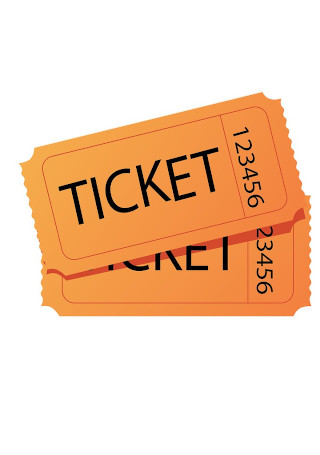One may ask the question of how the little butterfly decorations in nursery classroom and bedroom walls play a part in the goal and relevance of art. For one,…
continue reading
20+ Printable Graph Paper Samples
-
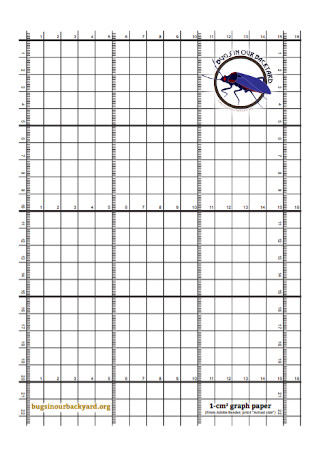
One Centemeter Graph Paper Template
download now -
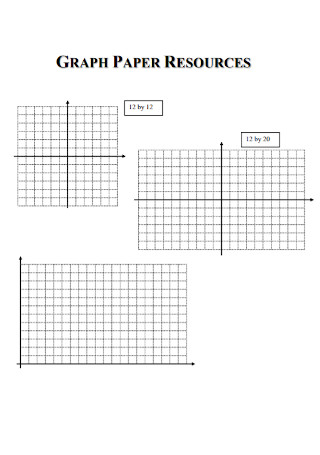
Graph Paper Resources Template
download now -
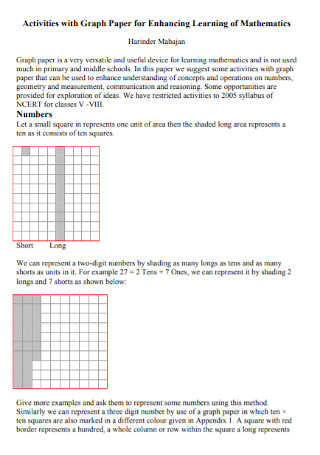
Graph Paper for Enhancing Learning of Mathematics
download now -
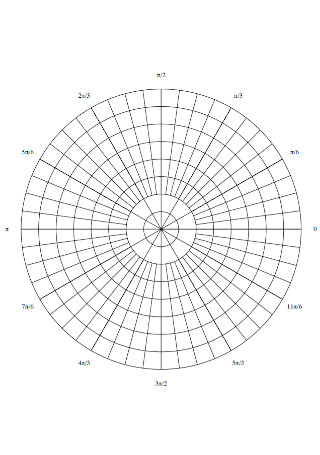
Circle Graph Paper Template
download now -
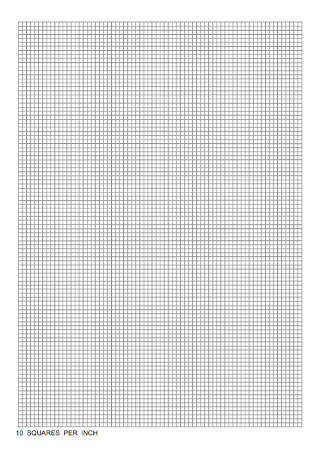
Squares Graph Paper Template
download now -
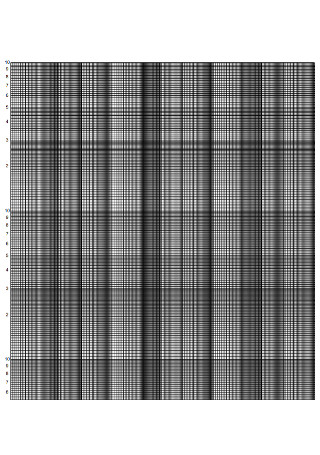
Free Logarithmic Graph Paper
download now -
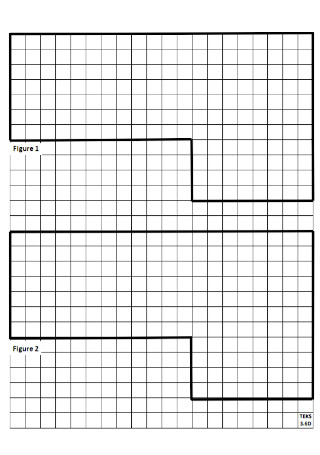
Plain Graph Paper Template
download now -
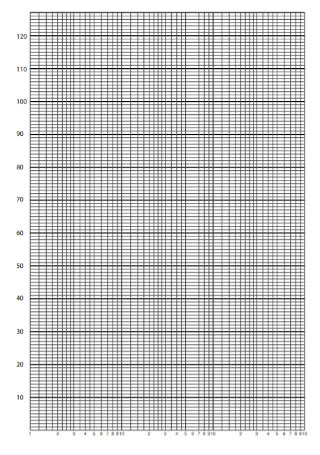
Log-Lin Graph Paper Template
download now -
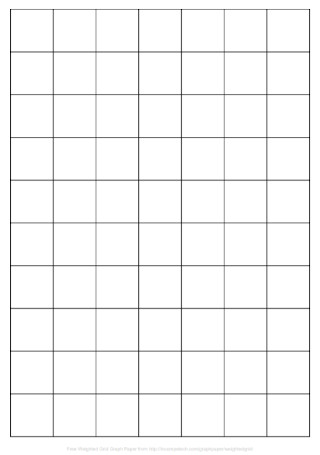
Weight Grid Graph Paper Template
download now -

Free multi Colour Graph Paper Template
download now -
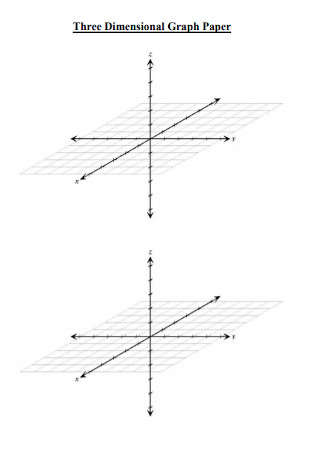
Three Dimensional Graph Paper
download now -
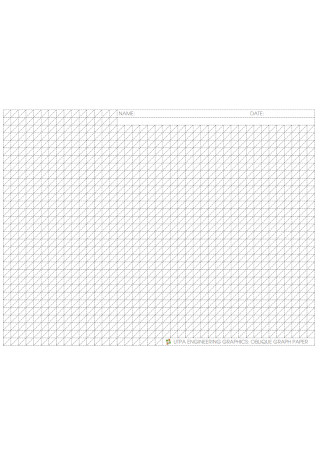
Engineering Graphics Graph Paper Template
download now -
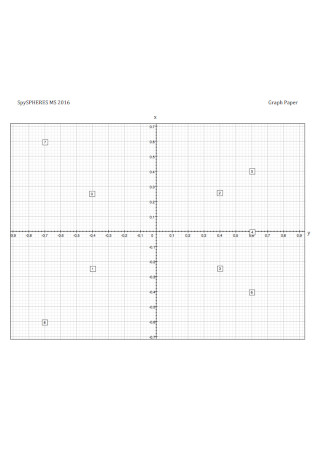
Spyspheres Graph Paper Template
download now -
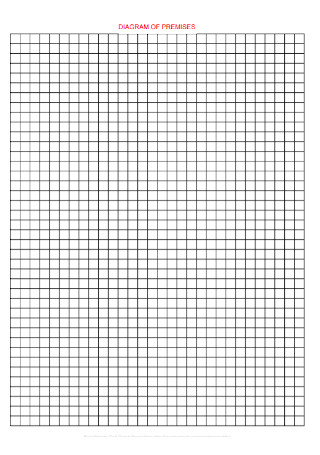
Dream of Primises Graph Paper Template
download now -

Medium Grid Graph Paper
download now -
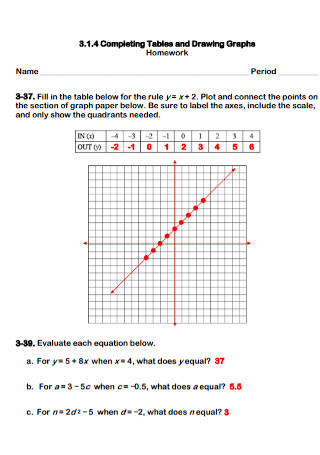
Homework Graph Paper Template
download now -
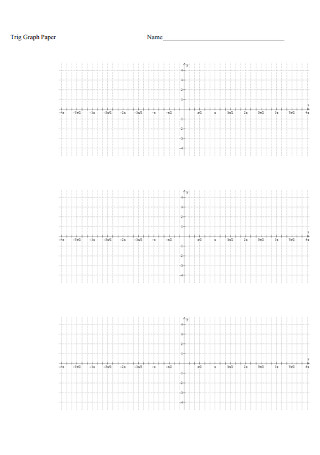
Trig Graph Paper
download now -
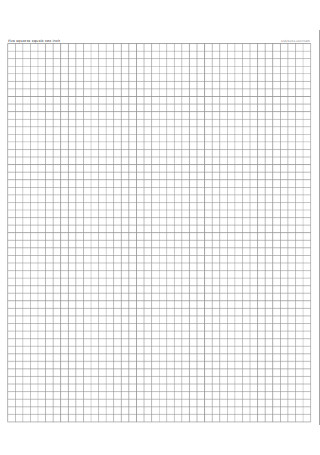
Five Saquares Equals One inch Graph Paper Template
download now -
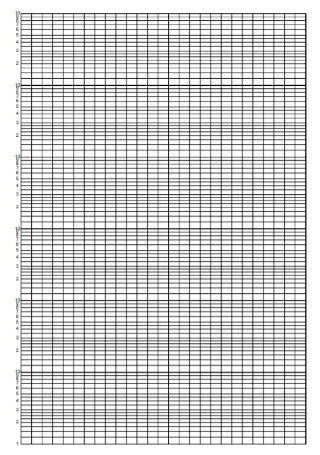
Sample Free Logarithmic Graph Paper
download now -
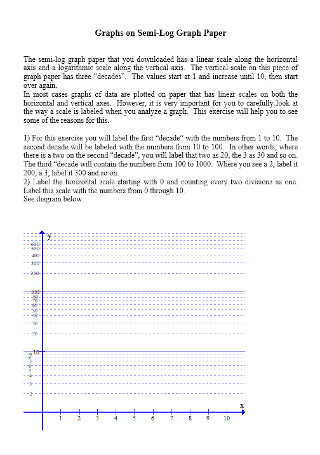
Graphs on Semi-Log Graph Paper
download now -
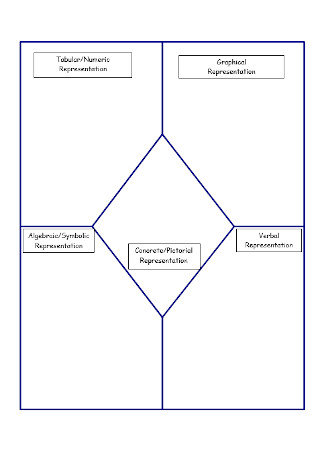
Sample Graph Fold Paper
download now
What Is a Graph Paper?
Commonly used in engineering as a Mathematical tool, a graph paper is a writing paper that features several vertical and horizontal lines forming regular grids. The pattern printed on the paper is used in plotting graphs and curves. Additionally, it has other names, including coordinate paper, grid paper, and squared paper. Aside from the loose-leaf version of the paper, it is also available notebook-bounded versions.
Gridlines: Knowing the Variants of a Graph Paper
The world of Mathematics extends from the study of quantity to endless possibilities. The calculations and out-of-this-world equations have become the foundation of various experiments and discoveries that changed the way on how we handle different situations. We may think of Math as a complicated matter that we should not think about, but what would the world be without it? Would buildings withstand the test of time? Would bridges be strong enough to hold weights that are so heavy? Or would we even achieve that perfect taste for the recipes we made?
Numbers play a significant role in our lives, although we sometimes fail to notice it. While some of the greatest minds in Mathematics write their equations on clean sheets of paper or whiteboards, others make use of papers lined with regular squared patterns. In this section, we will walk you through the different types of graph paper which serve different purposes to individuals.
Thinking Outside the Box
During the 18th century, a certain Dr. Buxton in London was credited for the commercial development of the printed graph paper. Since then, graph papers became highly significant in creating graphic representations of data. As time went by, graph papers became a staple in intermediate and advanced Math classes. However, the uses of a graph paper are not limited to plotting graphic representations of numerical figures. Artists and creative individuals found a way to make use of the patterns of squares into something more beautiful. Graph papers became a tool for:
Pixel Art
Pixel or picture element is the basic unit of the digital image length. These small units of information, which are usually round or square, make up a digital image. While most of the artworks are on a blank canvas or a plain sheet of paper, a pixel art breaks the conventional style of drawing. The outcome of pixel arts on a graph paper is a series of boxes making up a whole image instead of the typical illustrations that have curves and wave-like structures. If you wanted to create a pixelated version of a masterpiece, grab a graph paper and start filling in the grids with colors!
Craft Projects
Creating craft projects such as embroidery and cross-stitch entails careful planning, especially when you are still a beginner. For the results to be perfect and symmetrical, you can come up with a pattern with the help of a graph paper. To do so, you can put marks on the paper that will correspond with the design you want to obtain. Moreover, you can also assign numbers to the colors you wish to incorporate in your design and label the paper accordingly. The grids will serve as your guide as you get your hands on the threaded needle and the fabric.
Landscape Designs
Contrary to popular belief, there are various branches of architecture—ranging from industrial to landscape architecture. If you’ve ever been to picturesque and functional parks, playgrounds, gardens, and other outdoor areas, you should thank landscape architects for that. These beautiful places did not just pop up in a snap of a finger, though, architects see to it that they turn their client’s vision into reality through meticulous planning. Those who have mastered their craft draw their plans on vellums and create a copy on a bond paper. On the other hand, a graph paper enables beginners to come up with accurate measurements of the landscape since each square can represent a specific dimension in real-life applications.
Drawing
In manually transferring an image from one sheet to another, the grid method will be your best friend. This method starts with drawing gridlines on your reference photo, then having a similar number of gridlines on a blank sheet where you will illustrate the image. You can change the sizes of the grid to customize the scale of your art—whether you want it to be smaller or bigger. Then, you just have to follow your reference photo one grid at a time until you complete the image. Gridlines will also be of great help to those who want to learn how to draw.
Bullet Journal
While it is more effortless to buy a ready-made journal or a planner, some people prefer to create their own to add a personal touch of the material. A graph paper can be a tool in creating a beautifully designed and personalized bullet journal. With a graph paper at hand, it will be easier for you to divide the spaces into various sections for your journal to look neat and organized. However, if you don’t want visible gridlines on it, you can make use of a dot paper.
How Can You Make Good Use of a Graph Paper?
The rise of technology spurred the use of digital platforms for various processes instead of the usual manual way. While earth warriors call for individuals and companies to go paperless, newspapers, magazines, and other printed publications are still on the circulation. As featured in an article from Mashable, the United States prints out 24 billion newspapers, 2 billion books, and 350 million magazines in just one year. Moreover, papers make up more than 20% of the waste in the country. With so many papers used for various purposes, you have to make sure that your graph paper won’t just add up to the pile of waste. Provided below are the ways on how you can make good use of a graph paper.
Step 1: Prepare Necessary Data
Although some creatives make use of graph papers for their artwork, the primary purpose of the material is to present numerical figures in an easily comprehensible way. In addition, it enables students and professionals to plot experimental data and Mathematical functions. Therefore, you have to make sure that you have the necessary data or information you need to map out since this will dictate the kind of graph paper you should utilize.
Step 2: Know What You Need
Now that you have the essential information at hand, determine what type of graph paper you need. As mentioned beforehand, there are a variety of graph papers that serve different purposes to professionals and other individuals. That is why before you get a standard graph paper, ask yourself first, “Is this what I need?”. For example, if you need to plot polar coordinates, then you don’t need the squares. Instead, look for a polar coordinate paper that features circles divided into pie-like sections. On the other hand, standard graph papers will work best for creating artworks and various designs.
Step 3: Gather the Materials
It would be impossible to fill in blank spaces of the graph units when you only have a graph paper. Apart from the paper, you also have to prepare coloring, writing, or illustrating materials. Let’s say you are creating a technical drawing for your project, see to it that you have the following tools: different types of pencils (mechanical, clutch, technical), rulers, erasers, sharpeners, and compass. Make sure that you gathered everything you need before you start working on your project. This way, you wouldn’t stop halfway only to look for the missing material.
Step 4: Fill in the Grids
Now that you have accomplished steps one to three, you can now start filling in the graph paper with what is necessary. If you are using the graph paper as a Mathematical tool, see to it that your plot corresponds with the numerical figures you have and label it accordingly.
The use of graph papers does not stop in Math classes and an engineer or an architect’s plans or drawings. The lines reflected on a graph paper can also be a way for you to practice your craft and express your creativity. Now that you know how to make use of gridlines effectively, just by the look of graph papers won’t bore or scare you since you won’t associate it with Mathematics already. Need a graph paper? Choose from the templates compiled in this article.

